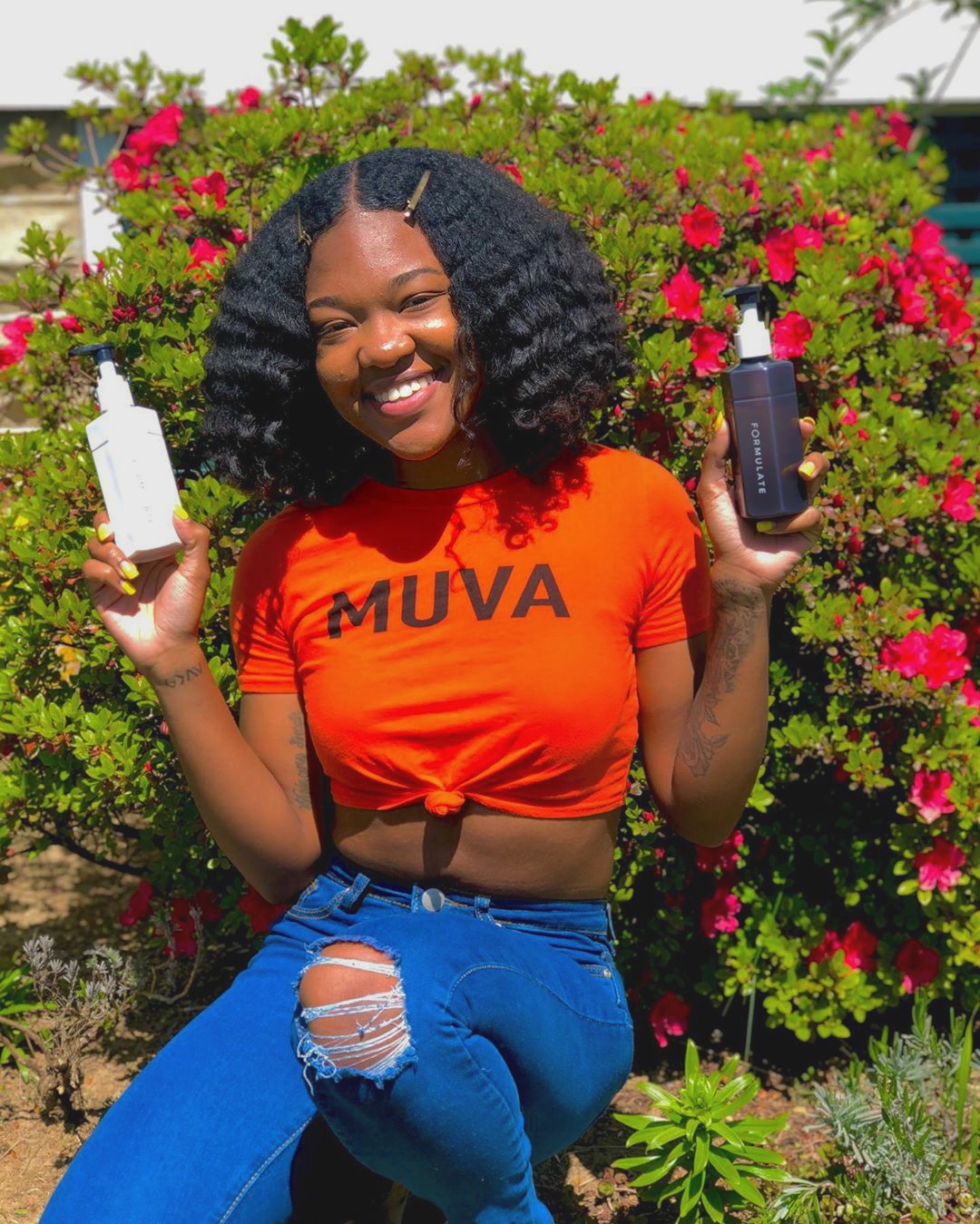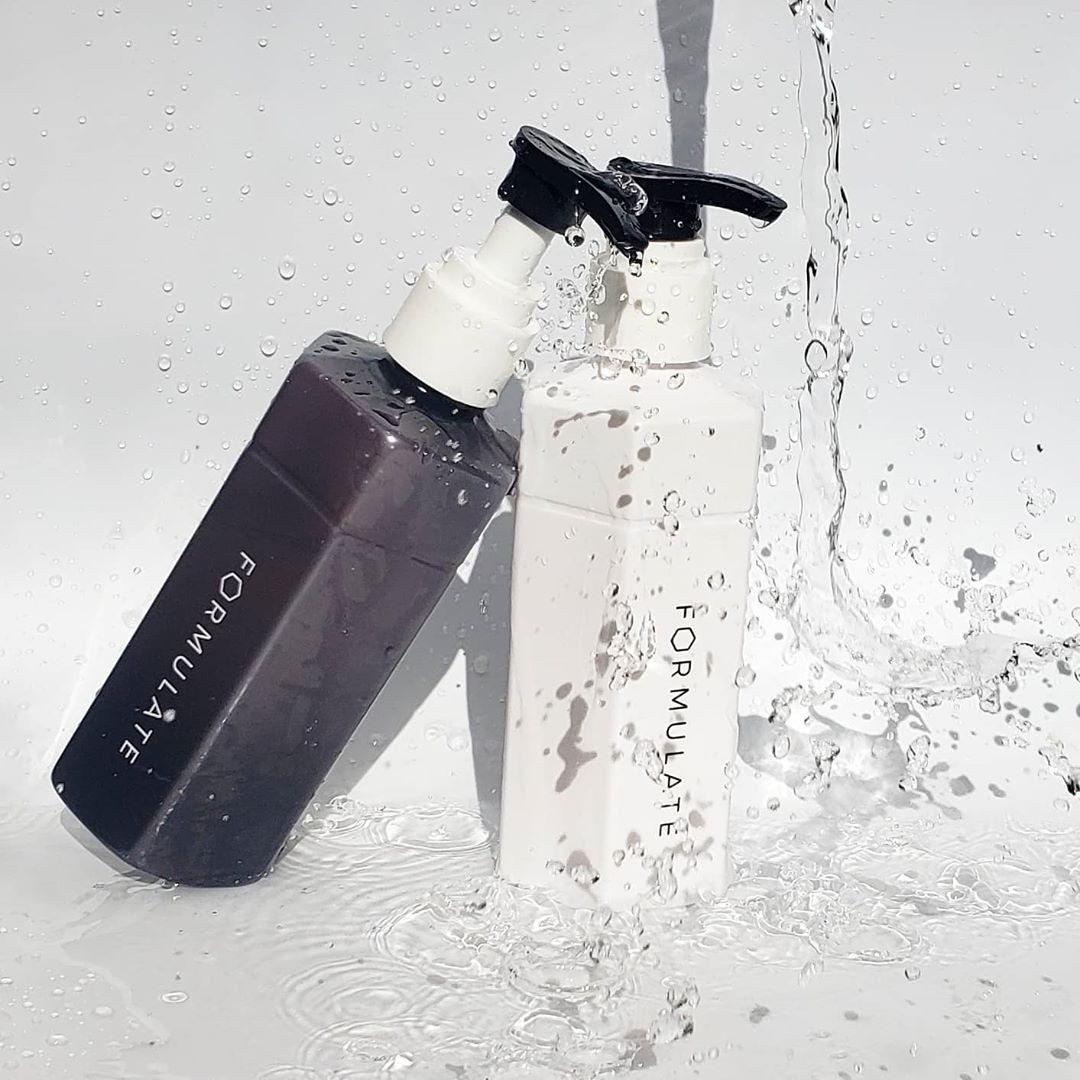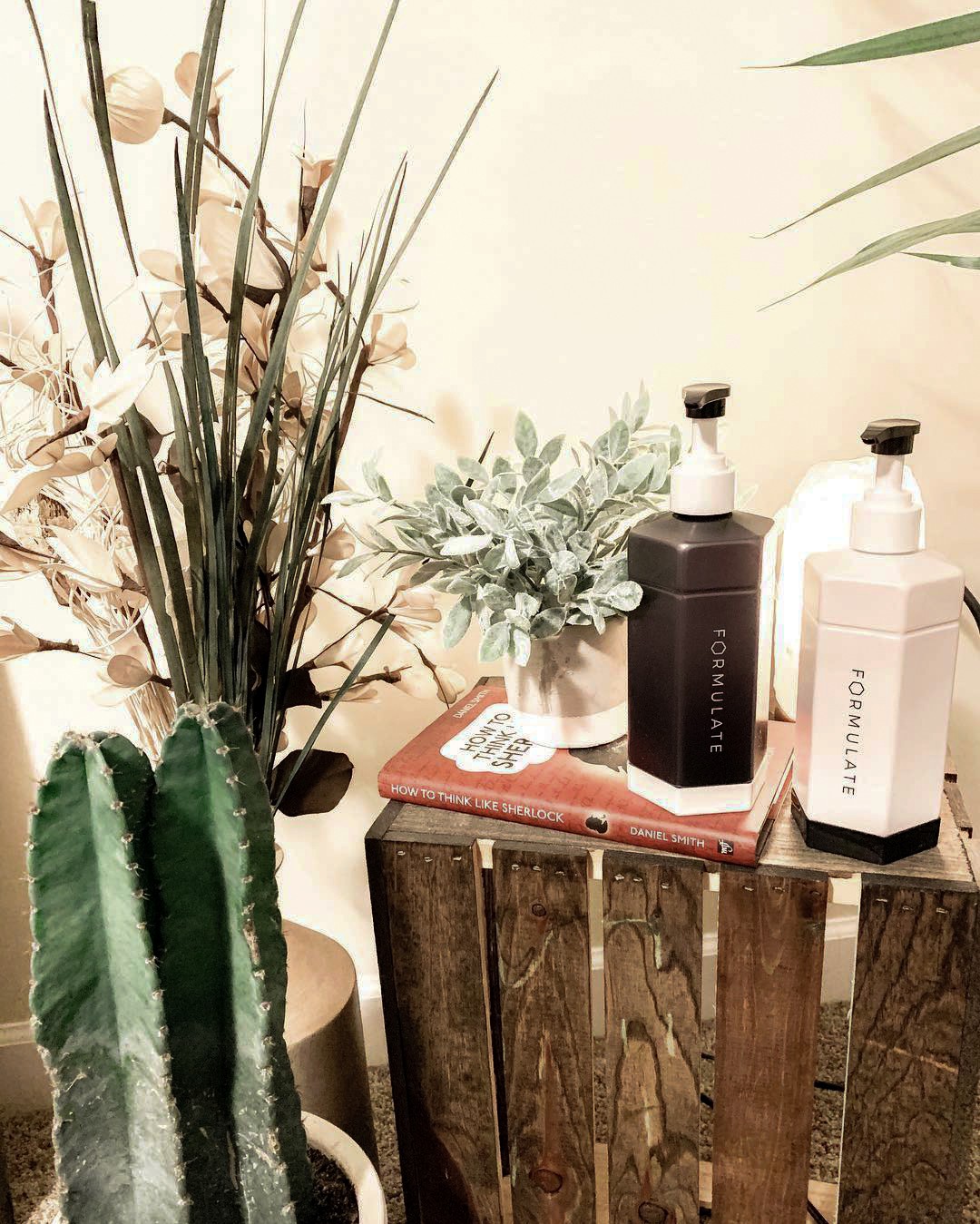Formulate user Jean is having some problems with growing out her high porosity hair:
I haven't treated my hair very well in the past and now it's stuck at it's current length. I just can't get it to grow any further. I have a lot of breakage and parts of my hair are obviously shorter than others. It looks like I have some really funky looking layers which is... unfortunate. I know that my hair is very damaged and porous. How can I get my high porosity hair to be longer? I don't want to continue to look like I have layers. Are there any tricks that work to make my hair grow faster, or do I just need to be more careful about protecting the hair that I have so it doesn't further break off?
Thanks for writing, Jean!
High porosity hair is notoriously tough to grow. It's typically a pretty slow process, since high porosity hair often breaks off faster than it grows in. On the brightside, it's not impossible, as long as you're willing to put in the extra effort. Here are our top science-backed tips for growing out high porosity hair.
Check your diet
Crash diets aren't good for growth. It's pretty simple: if you don't eat a sufficient amount of nutritional food, your hair won't emerge from your scalp in good condition.
The good news? Most Americans consume a diet that's healthy enough to support normal hair growth. So if you're already eating a healthy-ish diet, theres no reason to go out and buy a bunch of fancy hair supplements. Save your money for something that'll actually work to help your hair grow.
Note: if you are experiencing hair loss due to complications of an eating disorder, we encourage you to contact the NEDA hotline. Please take care.
Use a reparative conditioner
High porosity hair has lots of itty bitty holes in its armor, leaving it susceptible to breakage. And let's be real -- it doesn't matter how quickly your hair grows out of your scalp if way more of it is being prematurely snapped off. Fortunately, some ingredients, such as keratin, can provide a temporary band-aid on these little holes, protecting you from further breakage.
Chill out on the styling
High porosity hair doesn't like heat, water, combs, or brushes. If possible, limit styling to the absolute minimum. And yes, this even includes protective styles -- the less you mess with your hair, the less breakage you'll experience.
Opt for low-tension hairstyles
Tight braids are a no-no if growth is your goal. If doing your hair brings tears to your eyes, you'll want to switch to a more gentle method of styling. High porosity hair is extra-prone to snapping, so you'll want to reduce high-tension styling as much as possible.

Detangle with extra care
As tempting as brute force detangling might sound (so time efficient!) high porosity hair requires some serious TLC. Aggressively detangling runs the risk of yanking strands out en masse and setting you way back in your growth journey. Either trade in your comb entirely and switch to finger detangling or use a combination of gentle combing and finger detangling. The more finger detangling and the less combing, the better.
Wash a little less often
Even if you use the gentlest shampoo on the market, there's always a bit of damage that occurs when you expose your hair to the combination of water and scrubbing that washing entails. Consider waiting just one extra day before washing your hair -- you might find that it makes a big difference in the amount of breakage you experience.
Be careful when washing
You don't want to lose any more strands than necessary in the shower. High porosity hair is extra fragile when wet, since liquid seeps in and stretches the strand.
First lather up shampoo in your hands with a little extra water. Avoid scrubbing back and forth -- instead, wash in a single direction. Go towards your ends, not towards your roots. Going in the same direction as your cuticle minimizes the amount of mechanical stress that your tresses endure.
Shorten your showers
The longer that high porosity hair is exposed to water, the longer it remains in its extra-fragile wet state. Protect your hair by lessening the amount of time that it stays wet. Try to stay on task, and cut down on those dreamy minutes you spend staring at the wall while your hair is directly under the faucet.

Choose hair ties wisely
Friction isn't kind to high porosity hair. If your hair tie's elastic innards are exposed, it's probably time to toss it in the trash. And don't even think about tying hair back with a **shudders** rubber band -- that's a sure way of worsening your porosity by further weaking the hair cuticle. Fabric ties, especially scrunchies, are your friend.
Never heat style without a heat protectant
Rule of thumb: if it's too hot to touch it with your hands, don't let it touch your hair unless you've applied a heat protectant. Otherwise, risk your hair melting off mid strand.
Don't skimp on the conditioner
High porosity hair is notoriously dry. Dry hair is fragile. If you want your hair to keep increasing in length, you'll want to avoid the snappage by regularly applying conditioner.

Think about an ingredient switch
A lot of people believe that silicones = hair death. But the science simply doesn't back this claim up. In fact, silicones are actually super helpful for growth, since they protect the hair that you've already got.
Silicones form a protective armor around the hair cuticle (the outer layer of a hair strand) that helps keep the good stuff in high porosity hair, and the bad stuff out. They also act as heat protectants, and lubricate strands so that they're easier to brush through -- a big win for preventing growth loss via mechanical damage.
Drop that towel
Aggressively towel drying your tresses won't do you any favors. The rough fibers of the towel rub up against and strip away the hair cuticle, worsening porosity. Even worse -- aggressively towel drying has the potential to rip out or break off strands all together. Play it safe, and allow hair to air dry as much as possible.
Cover it up
Not only is the sun super bad for your skin, it's also no friend to your hair. Porosity is worsened through exposure to the sun's rays, increasing the fragility of the hair strand. Damage becomes noticeable after only 200 hours of exposure. Considering that some UV rays penetrate through glass windows, you'll be well served by covering your tresses with a hat, wig, or scarf.
Run a humidifier at night.
The cold, dry air of winter will further dry out your already fragile hair. Running a humidifier at night in the room where you sleep helps your hair to maintain moisture, which helps prevent breakage. It'll also help prevent your skin from drying out, a serious win-win.
Get regular trims.
This might seem counterintuitive, but it's super important to trim your hair to get rid of damaged ends when you want to grow it out. Split ends can weaken the hair as the split travels up the shaft. While some products can temporarily knit your hair fiber back together, the best move is to cut off your damaged ends. When you cut off damaged, split ends, you keep the rest of your hair safe.
Detangle regularly
If you don't comb or brush your hair at least semi-regularly, you run the risk of your hair becoming matted. Matted hair is the unwanted upgrade to tangled hair. It's tangles on top of tangles on top of tangles, and is super hard to fix. Even worse - high porosity hair is more likely to become matted, since the hair cuticle is damaged. Normally, the hair cuticle allows for strands of hair to easily glide past one another. When the hair cuticle is damaged, hair cuticles are more likely to stick to one another, somewhat like velcro. If you try to brush out matted, high porosity hair, you're likely to break off a wad of matted hair. Preventing your hair from becoming matted by finger detangling or combing with a wide tooth comb at least once a day will go a long way in preventing breakage.
Thirsty for more hair knowledge? Here's what to check out next:
How Often Should You Brush Your Hair?
We talked to the experts to find out
Living With An Oily Scalp + Dry Ends
#unfair, right?
How Long Does It Take For Hair To Grow Back?
How long does it take for hair to grow back after a bad cut?
Is Hair Alive?
The answer might be a little more complicated than you thought 👀





